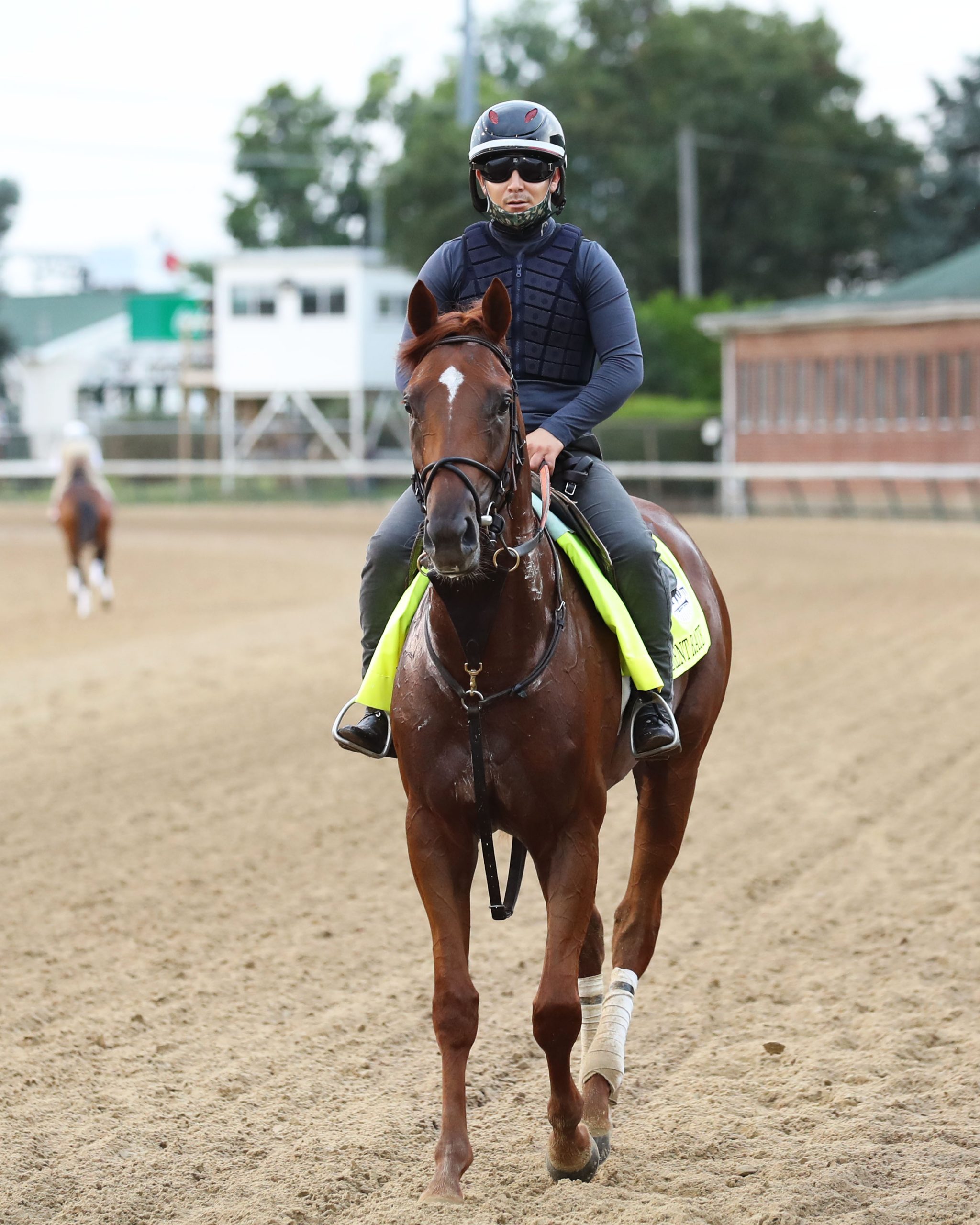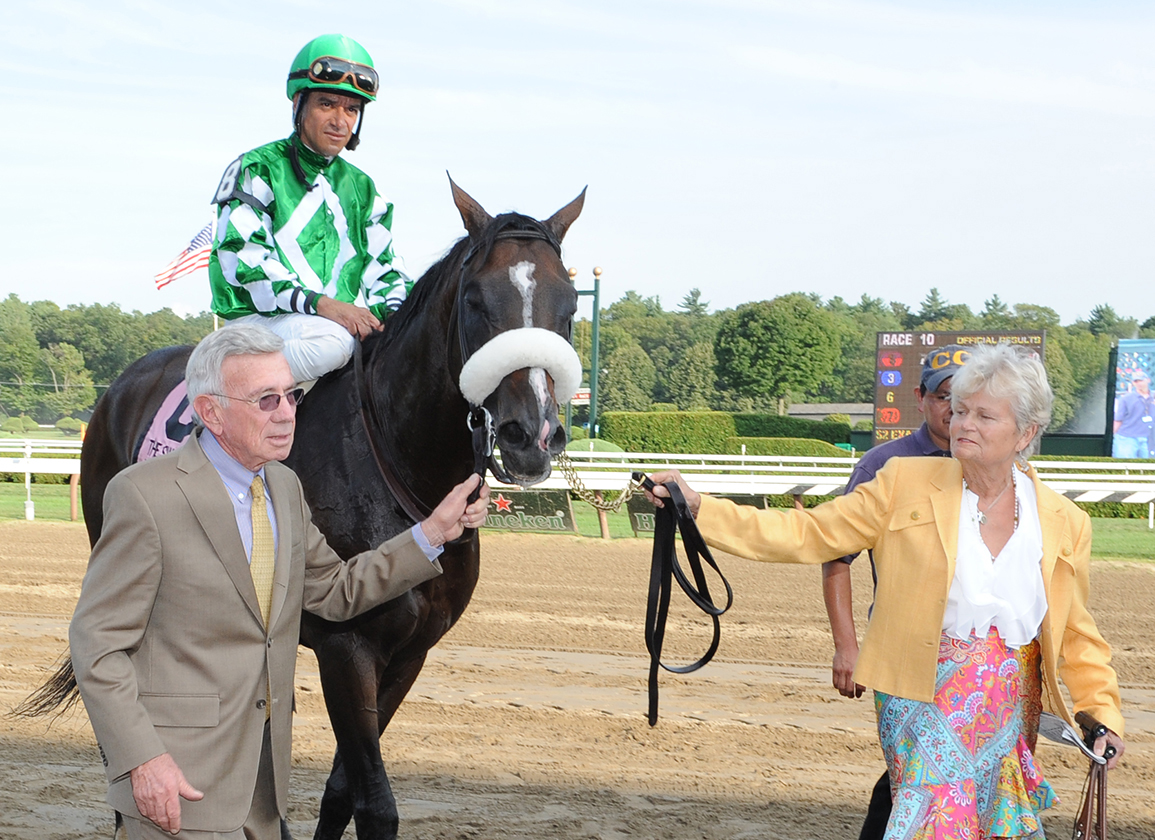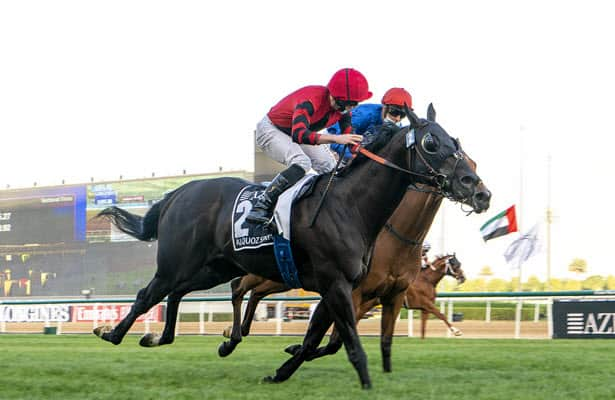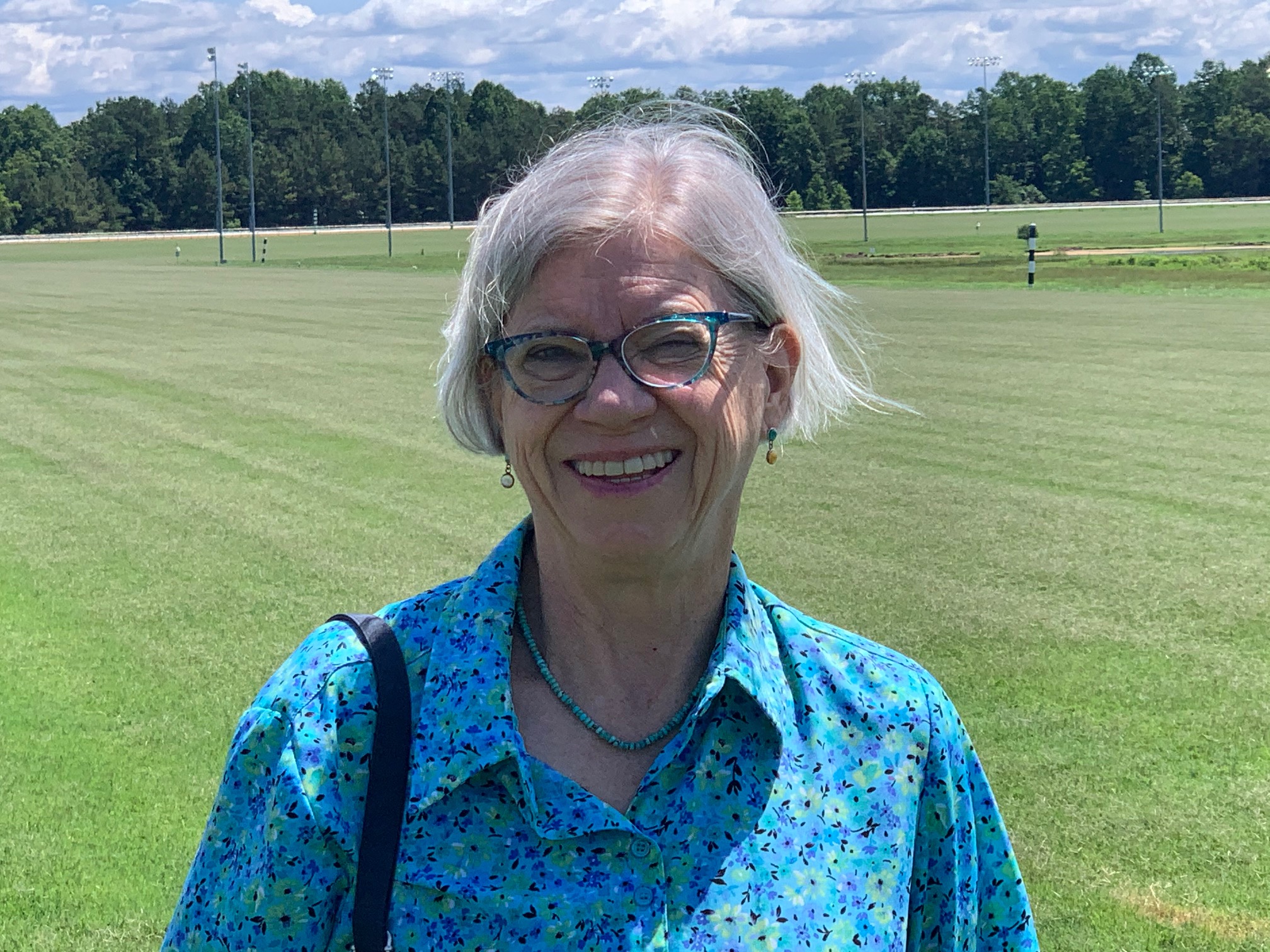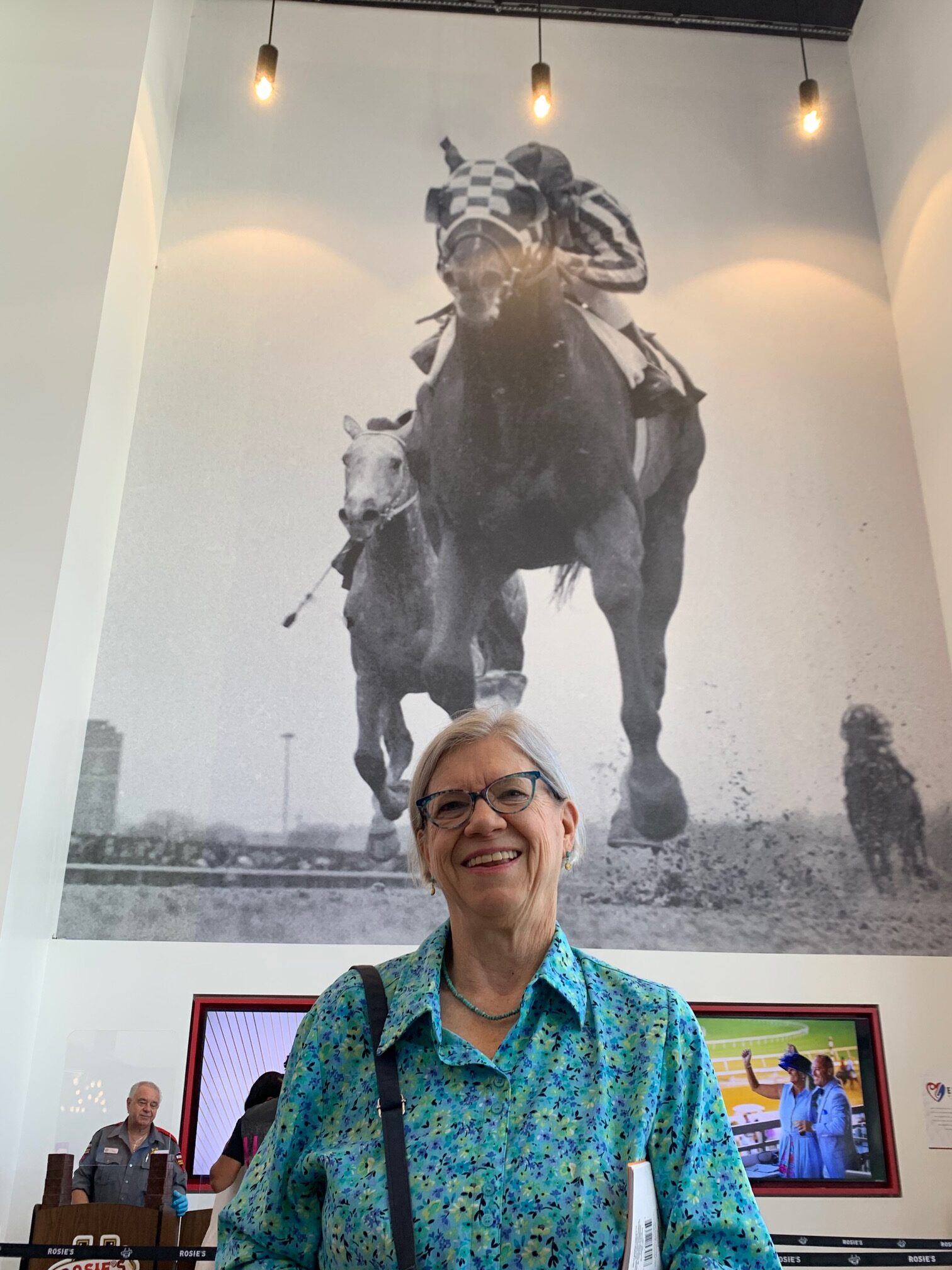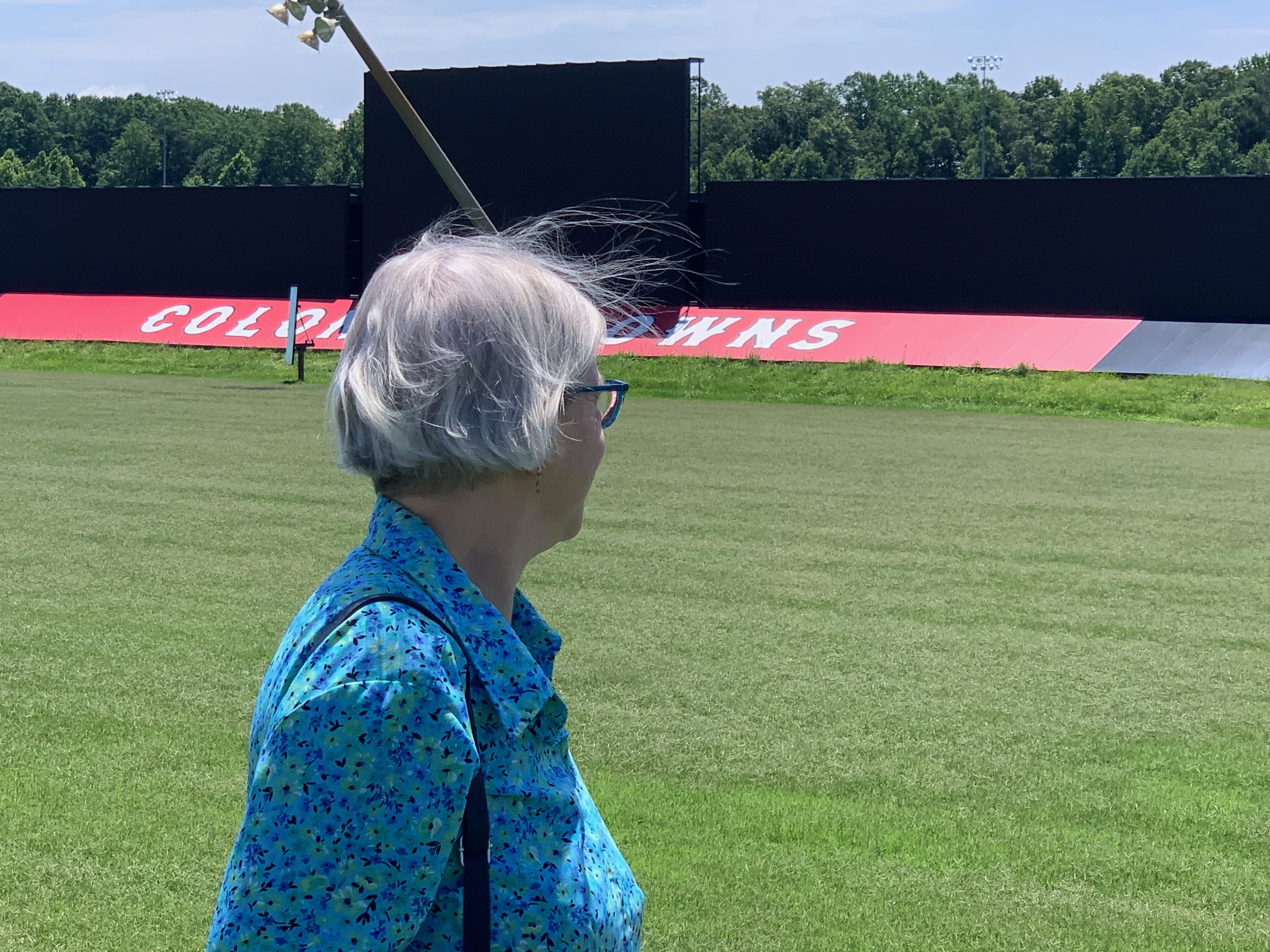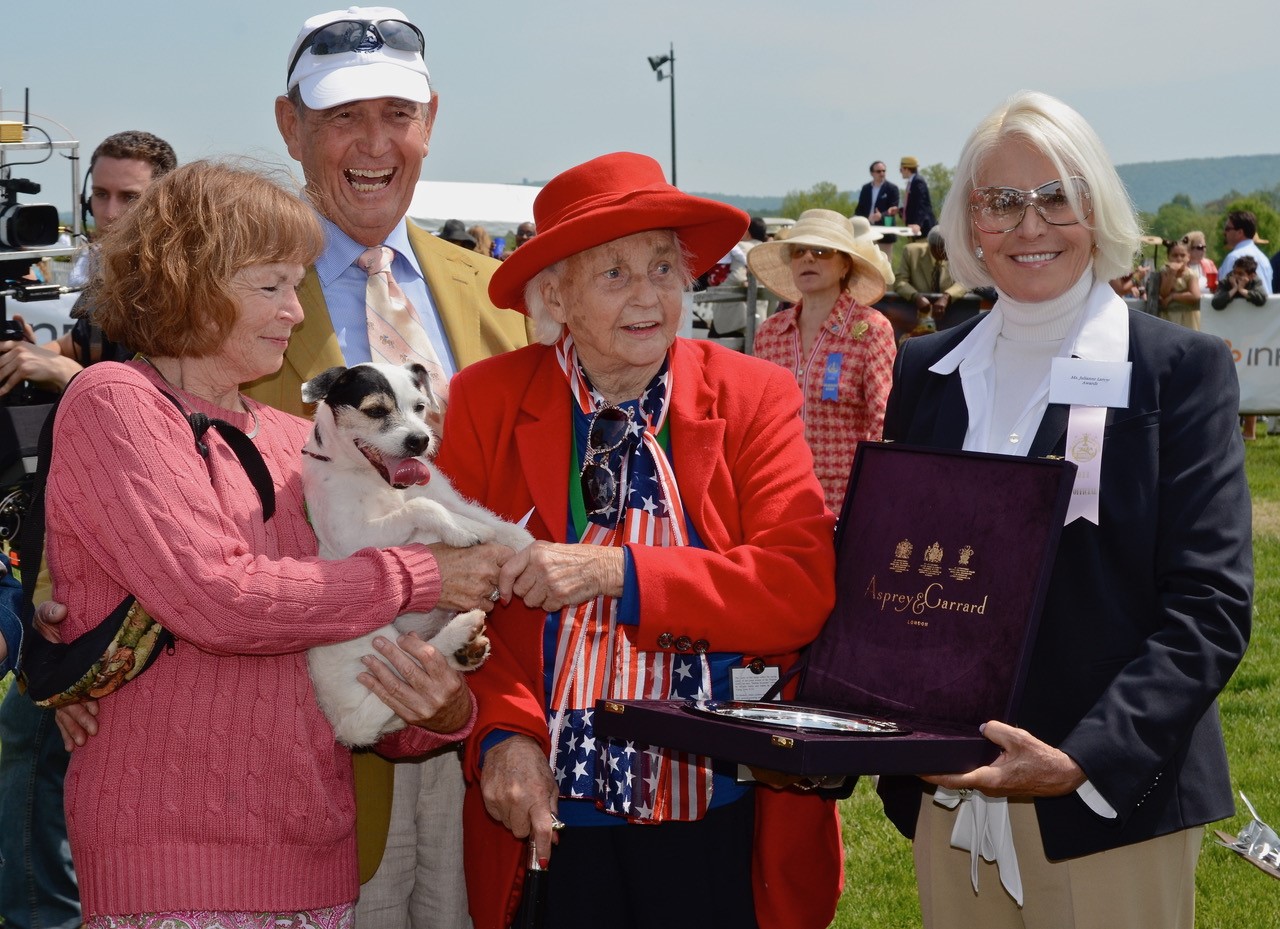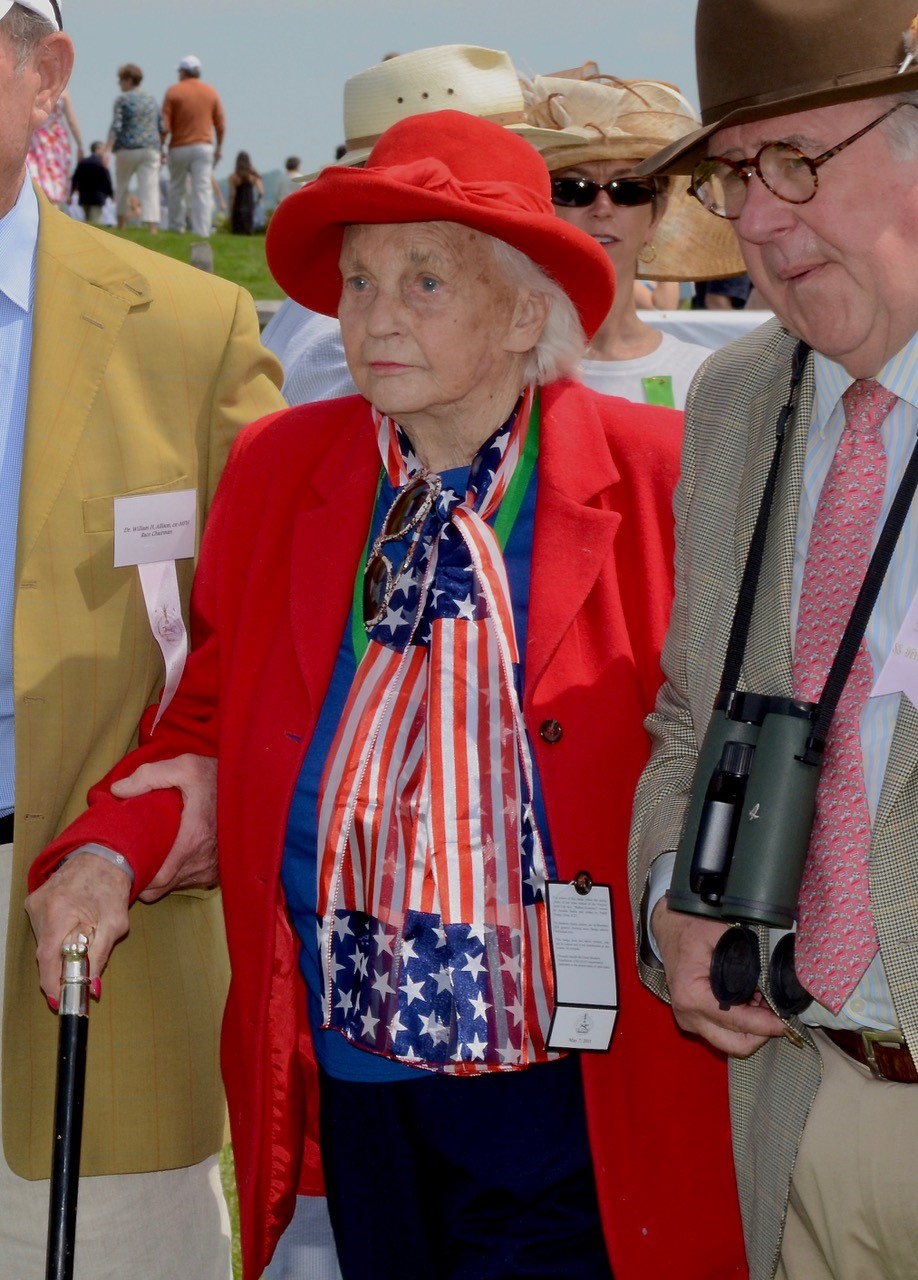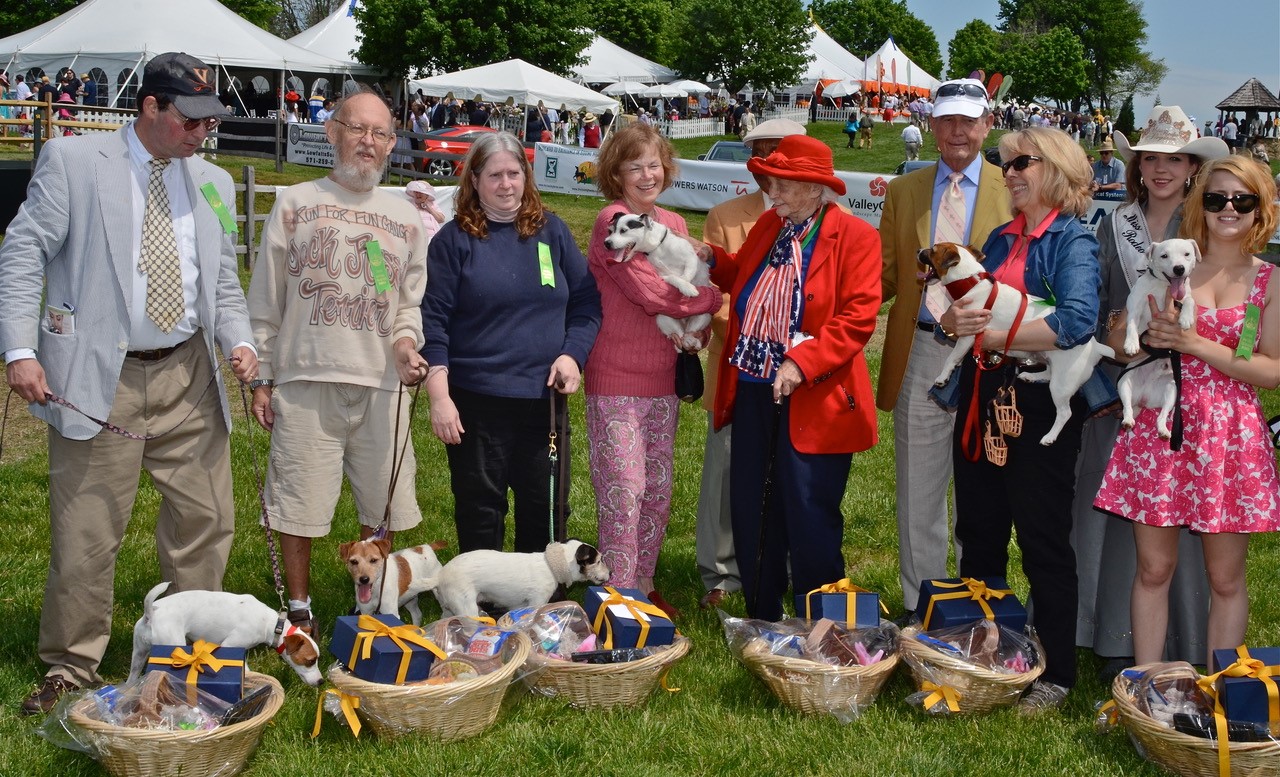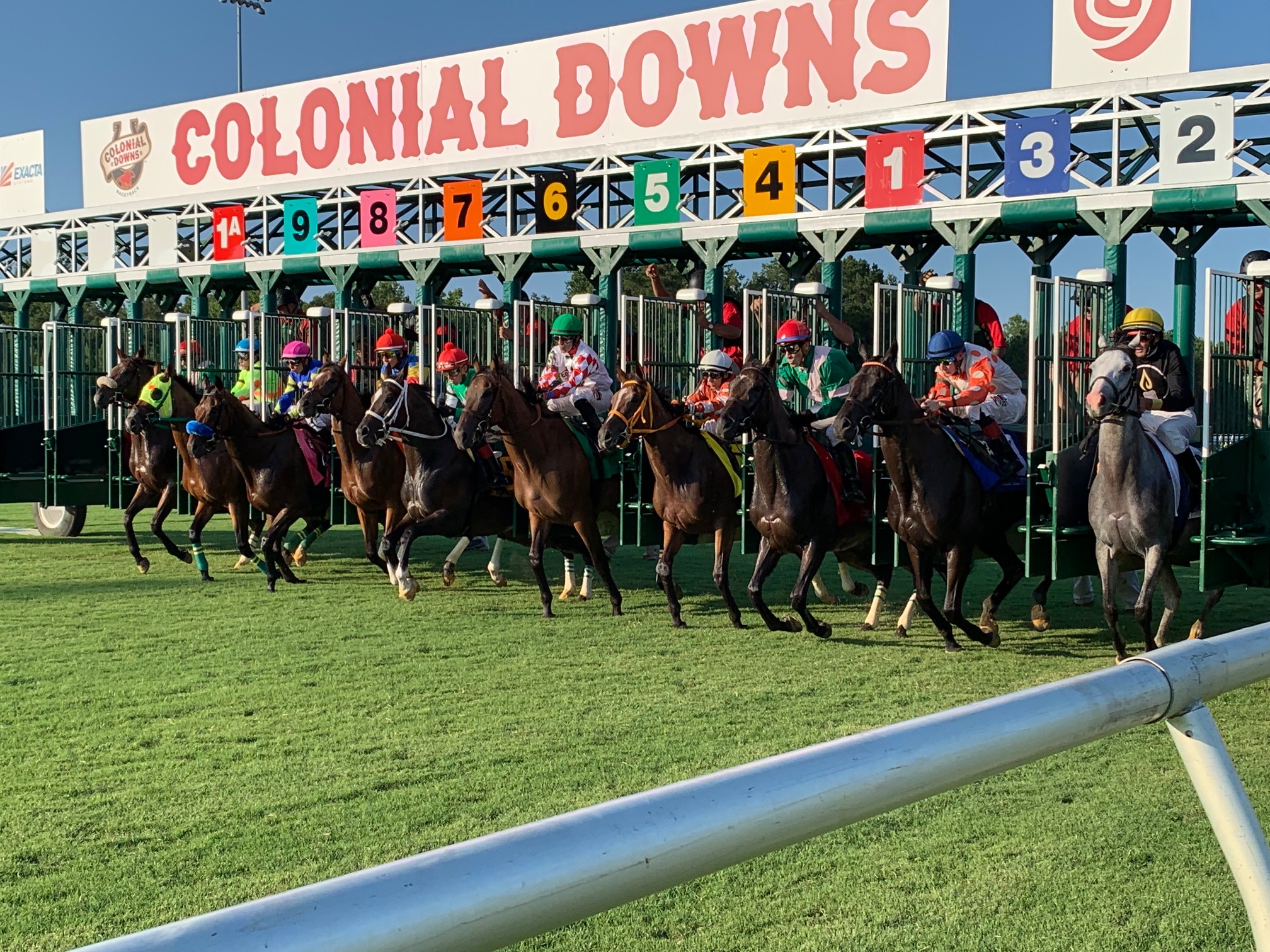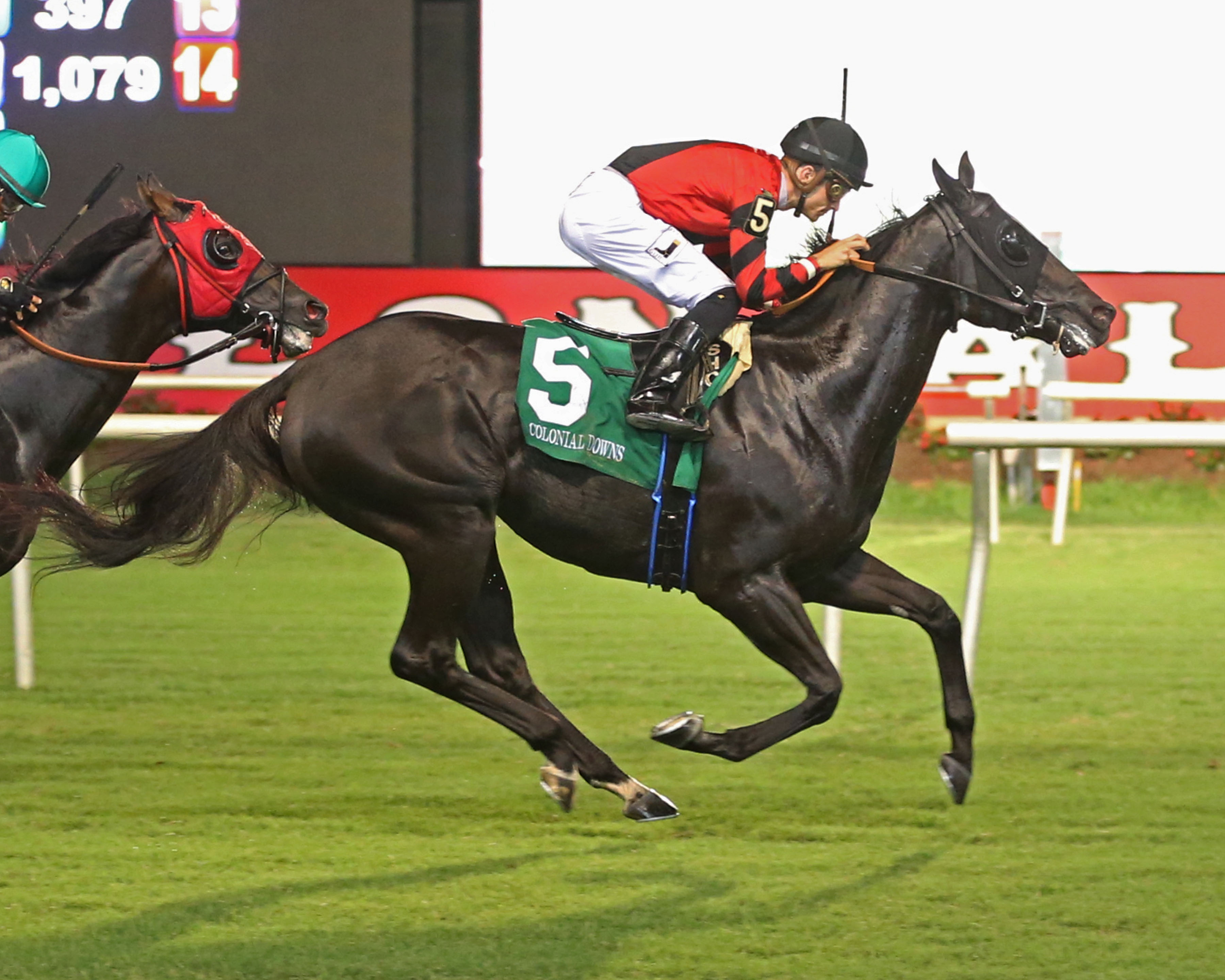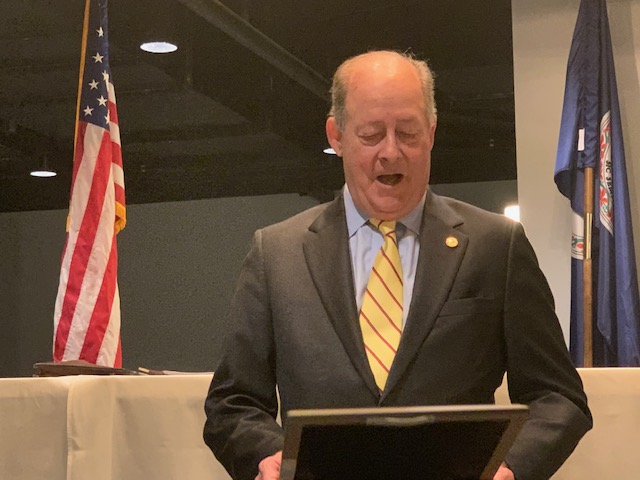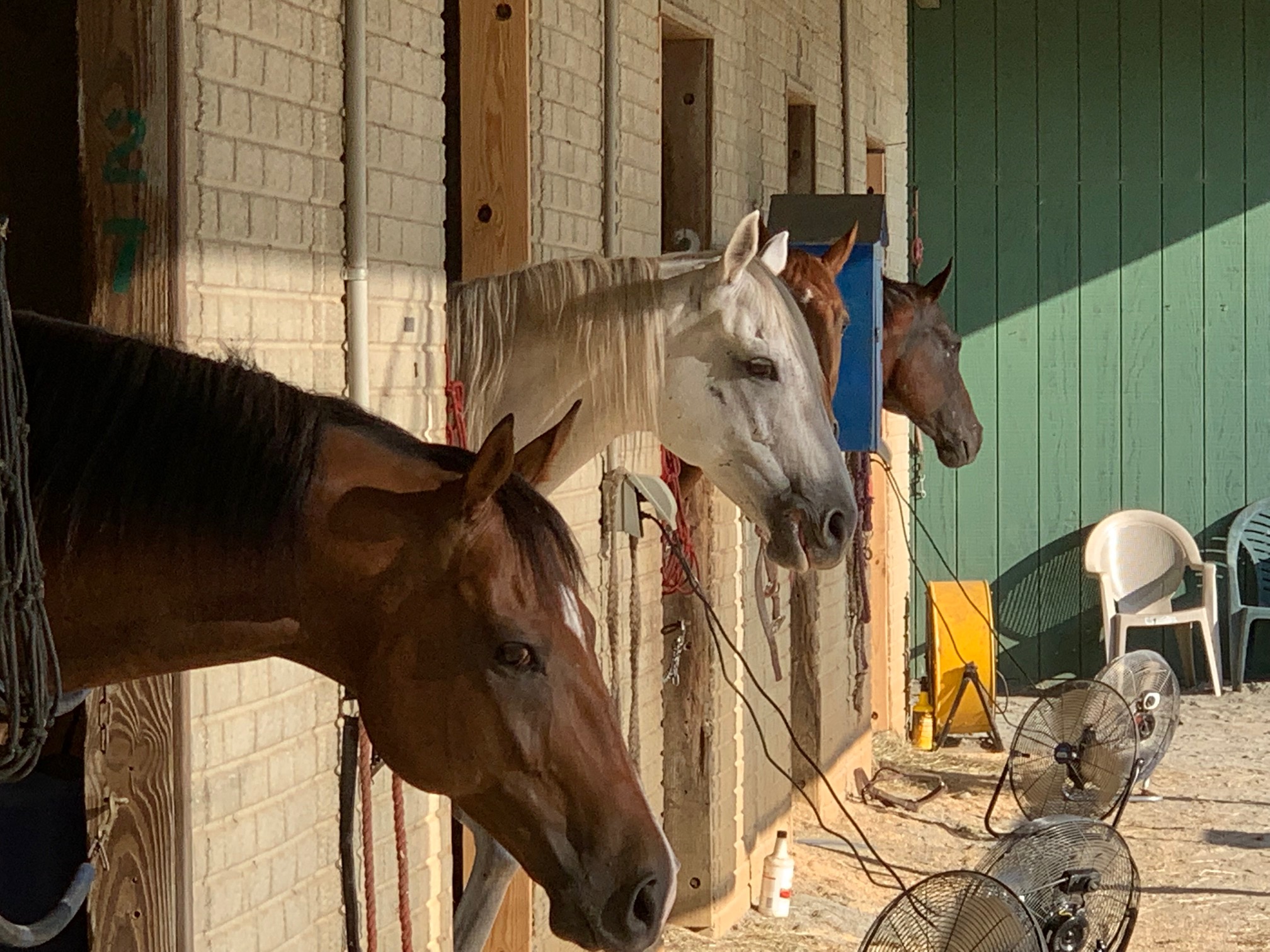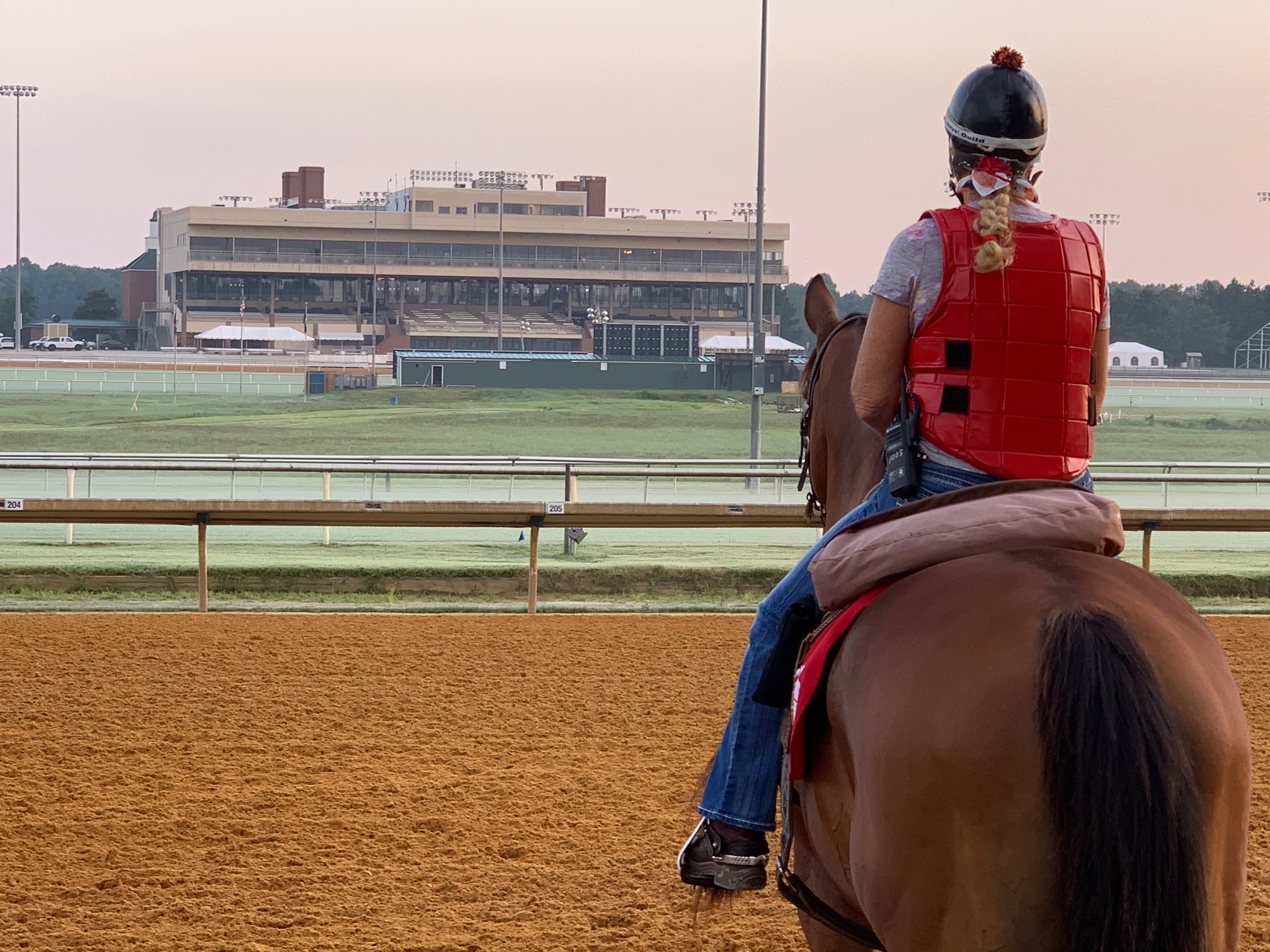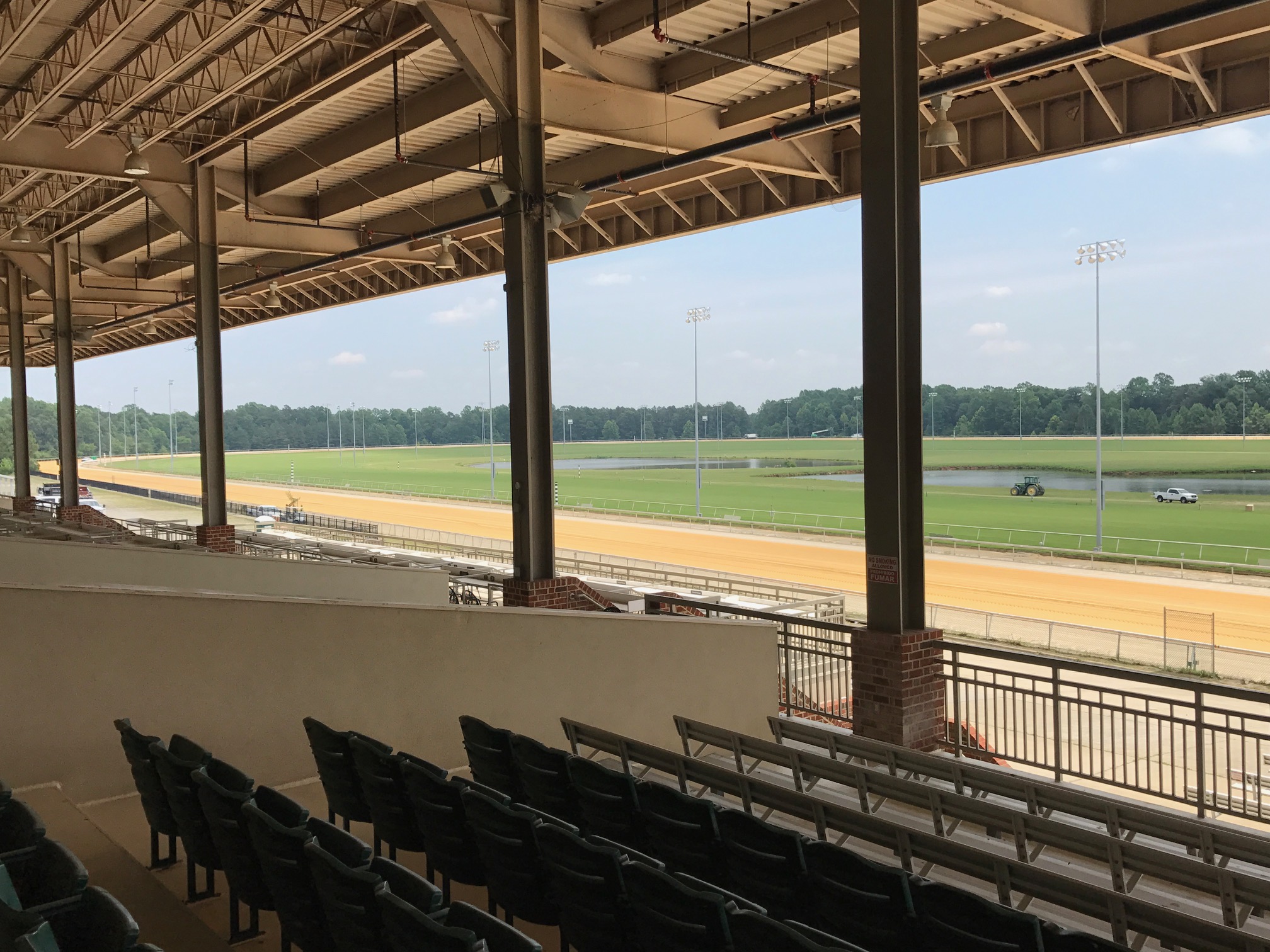The following appeared in The Paulick Report July 12.
Attachment Rate, a multiple Grade 3-placed runner who ran in last year’s rescheduled Kentucky Derby, will move to the barn of trainer Ron Moquett after selling to owner William Sparks for $160,000 on Monday at the Fasig-Tipton July Selected Horses of Racing Age Sale.
The 4-year-old Hard Spun colt was previously trained by Dale Romans for Jim Bakke and Gerald Isbister, winning three of 16 starts for earnings of $236,422.
“I think he’s a nice 4-year-old that’s got plenty of life left,” Sparks said after signing the ticket. “We’re going to hopefully find a spot for him by the end of the year, then look forward to taking him to Oaklawn. We’re going to look around and find something at seven-eighths or a mile, and see how he does. I don’t know if we’ve seen the best of him yet.”
After breaking his maiden at Gulfstream Park in February of his 3-year-old season, Attachment Rate earned his first Kentucky Derby qualifying points with a third in the Grade 3 Gotham Stakes. When the Derby was postponed to September due to the COVID-19 pandemic, he was redirected to Gulfstream Park, where he finished second in the Unbridled Stakes. He then returned to Kentucky for the rest of the summer, where he finished fourth in the G3 Matt Winn Stakes, fifth in the G2 Blue Grass Stakes, and second in the Ellis Park Derby before entering the gates for the 2020 Kentucky Derby.
One of the longer-priced horses in the Derby, he broke inward and bumped with rivals early on, and was stuck wide in the middle of the pack for most of the race before fading to 14th.
Attachment Rate was re-committed to shorter races after his classic try, and he came back to win a Churchill Downs allowance race the following month. He ran fourth in the G3 Discovery Handicap to finish his 2020 campaign.
The colt’s 2021 season started on a winning note in a one-mile optional claiming race, then he finished third in the G3 Commonwealth Stakes at Keeneland. Later that month, he ran sixth in the G2 Alysheba Stakes. His final start for Bakke, Isbister, and Romans came on June 4, when he ran third in a Churchill Downs optional claiming race.
“I would say that his form earlier this year was good enough, and the owner’s trying to revamp his stable,” said Jake Memolo of consignor Elite Sales. “He’s got 2-year-olds that are coming in that are getting ready to run, he’s going to be buying yearlings, so this is one of the horses that he can take that has some value and see what he can get for him at this point in time.
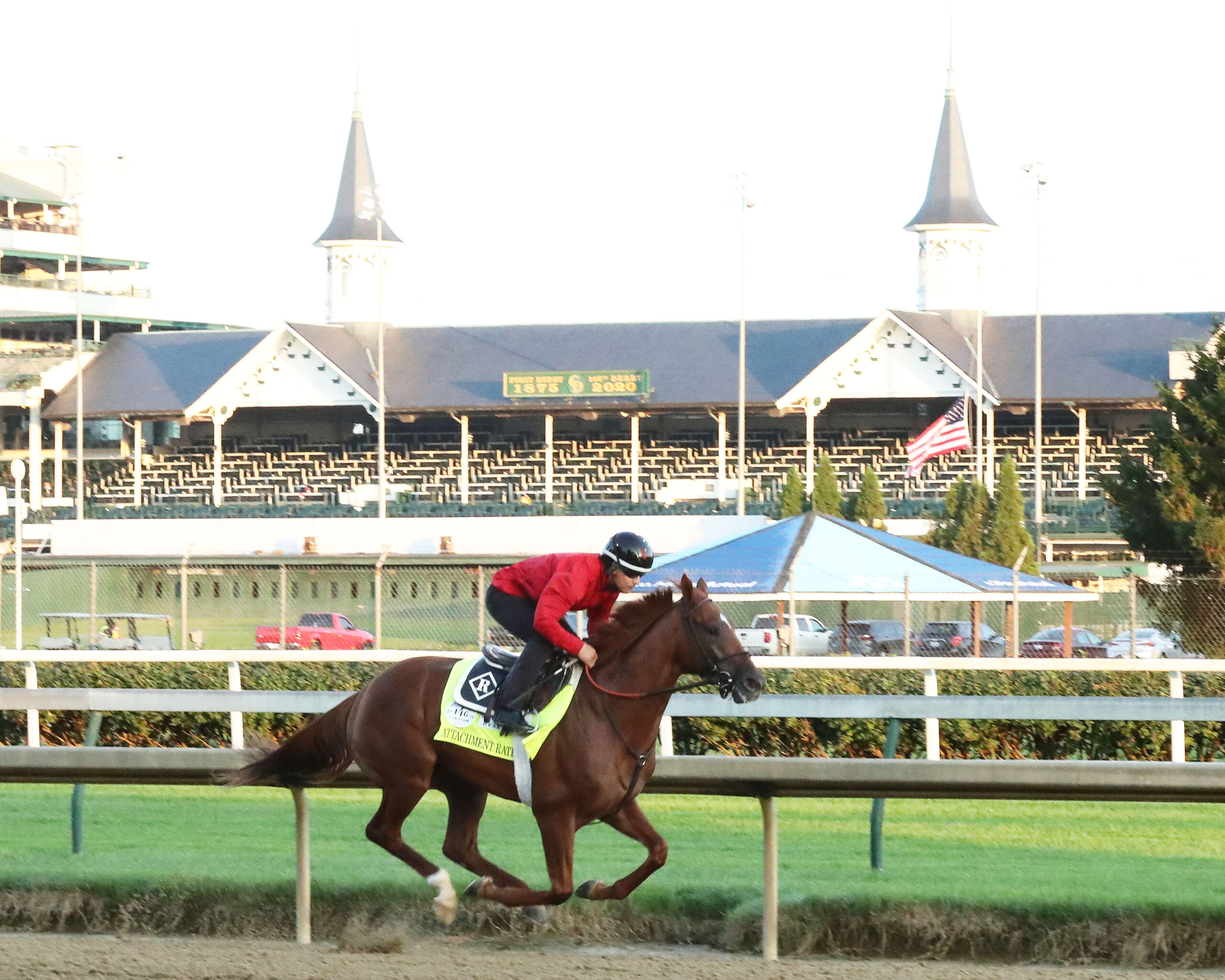
Attachment Rate during morning workouts at Churchill Downs the week of the ’20 Kentucky Derby. Photo by Coady Photography.
“He ran third, beaten a length and a half, behind Flagstaff in the Commonwealth earlier this year,” Memolo continued. “Flagstaff came back later in the year to win a Grade 1. His form around one turn has been pretty good.”
The novelty of having a former Derby horse, even one that finished at the back of the pack, wasn’t a particular selling point for Sparks, and Memolo said it wasn’t something people brought up while shopping ahead of the sale.
Bred in Kentucky by Mr. and Mrs. C. Oliver Iselin III, Attachment Rate is out of the winning Afleet Alex mare Aristra, whose four foals to race are all winners. He hails from the family of champion Caldeonia Road and Grade 1 winners Hymn Book and Data Link.


